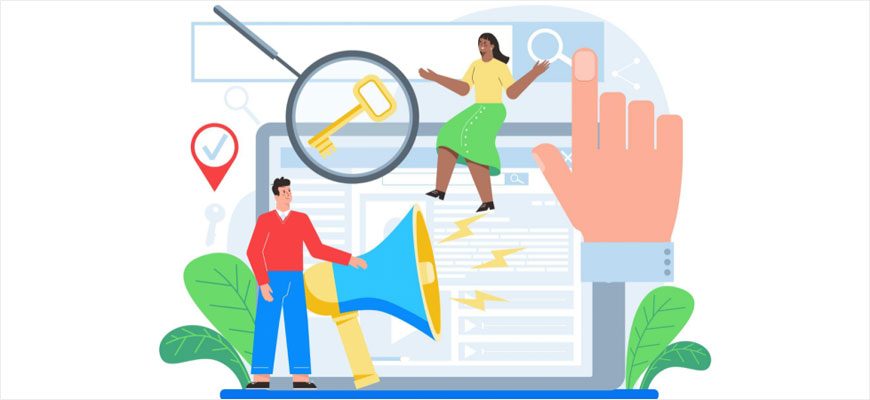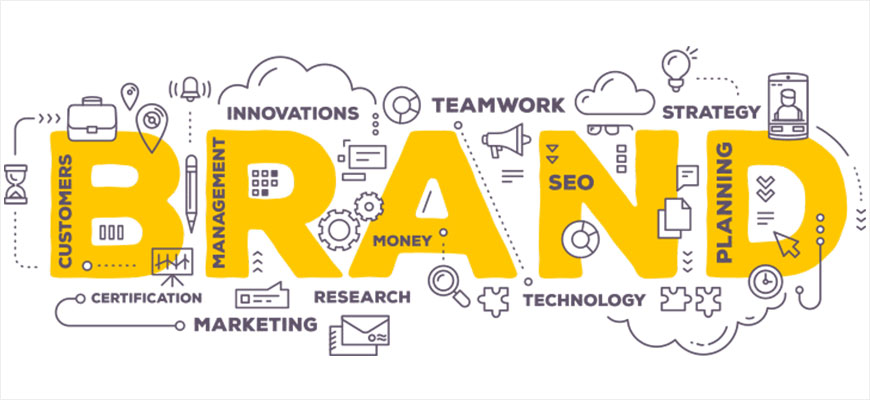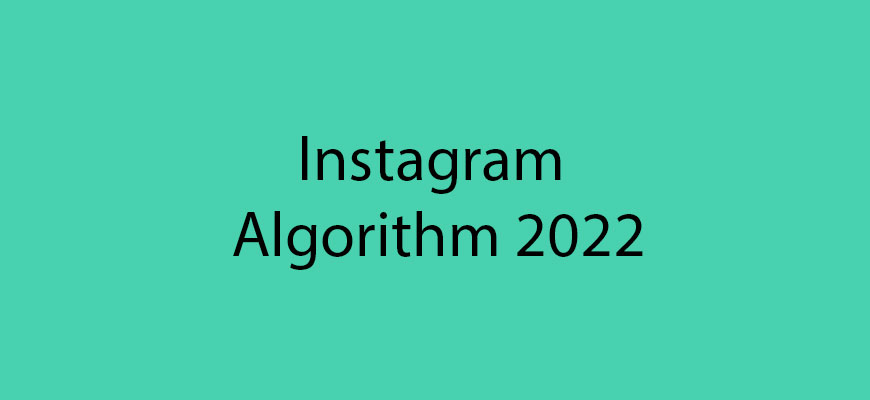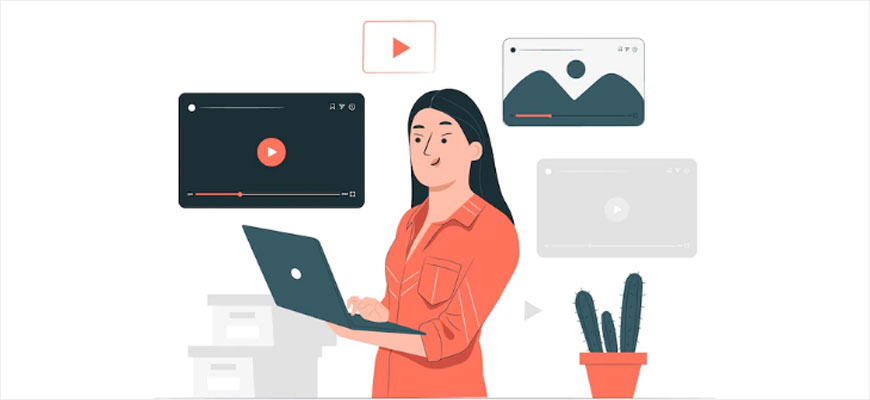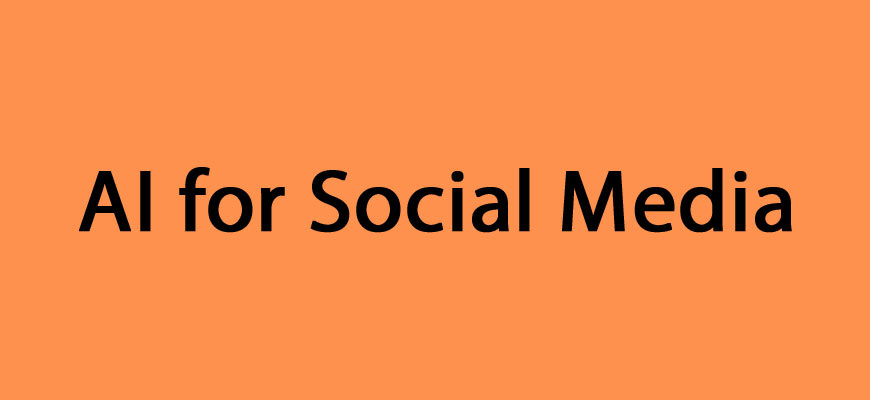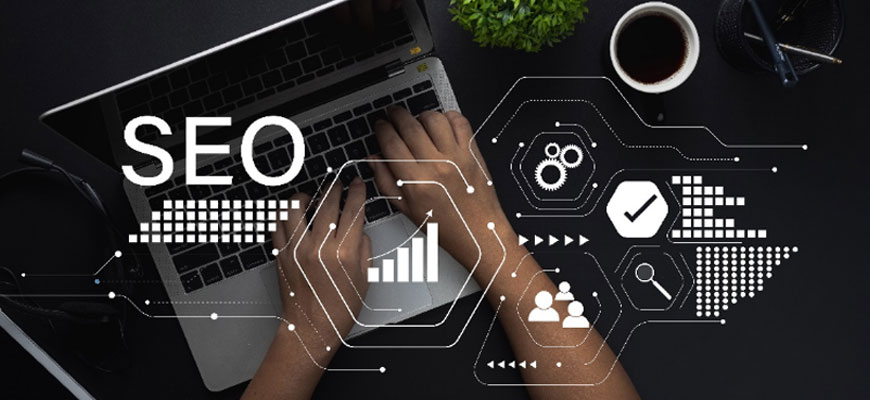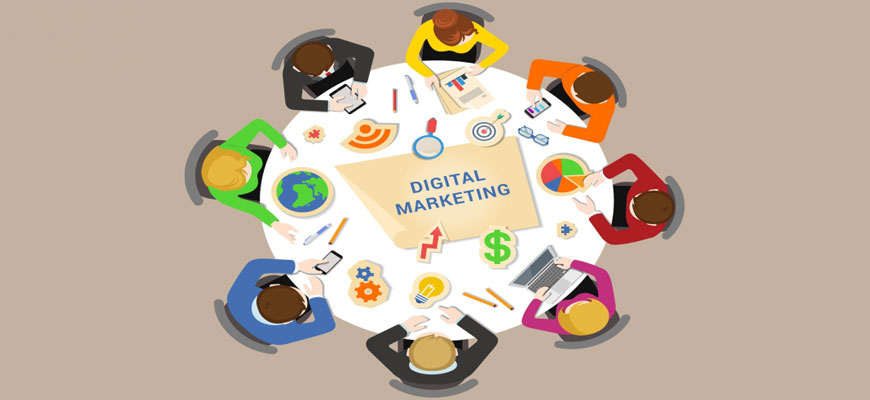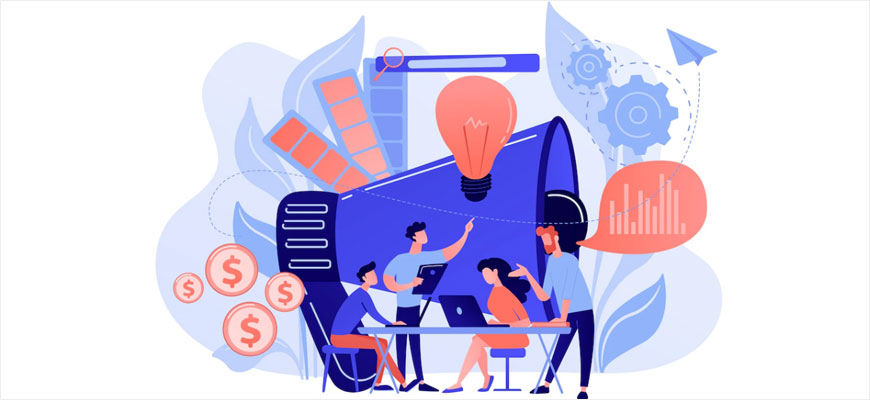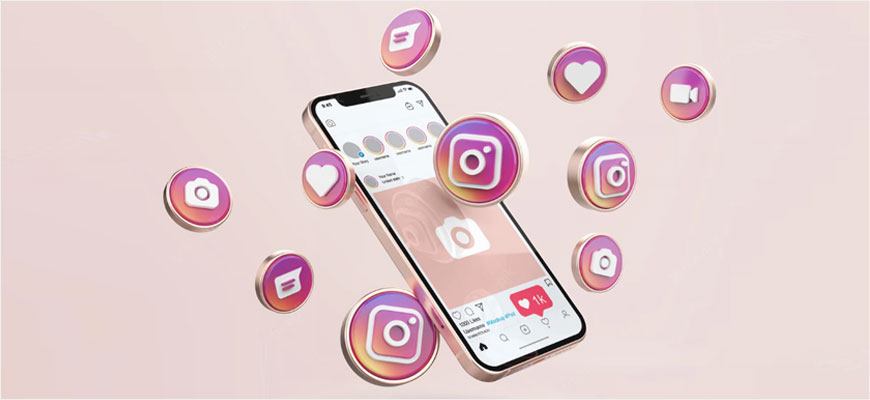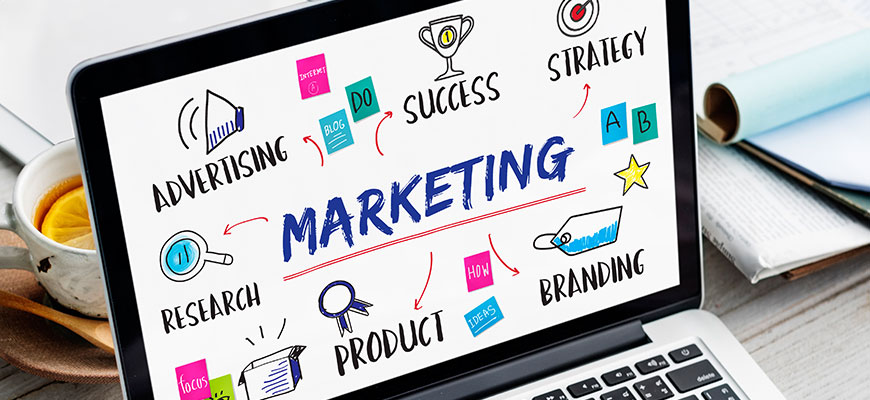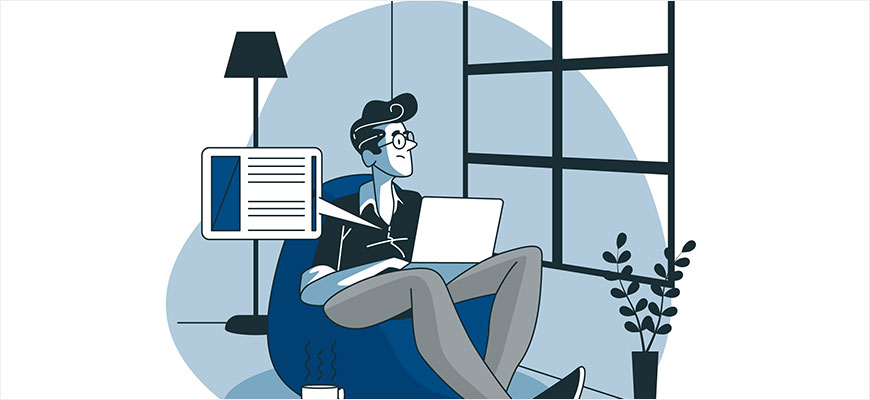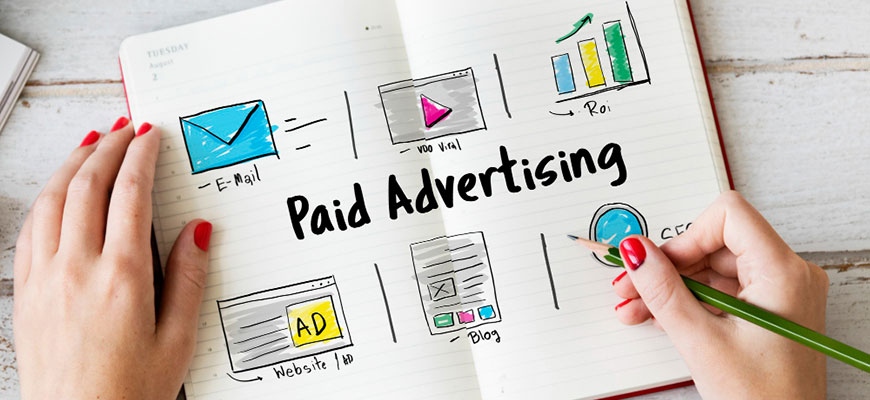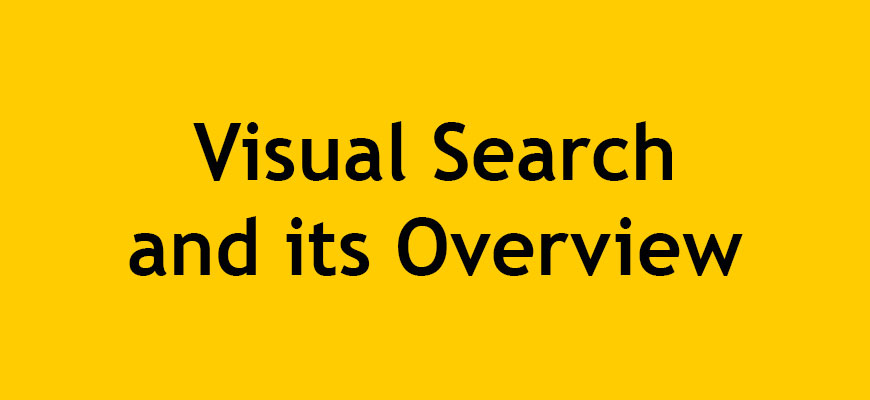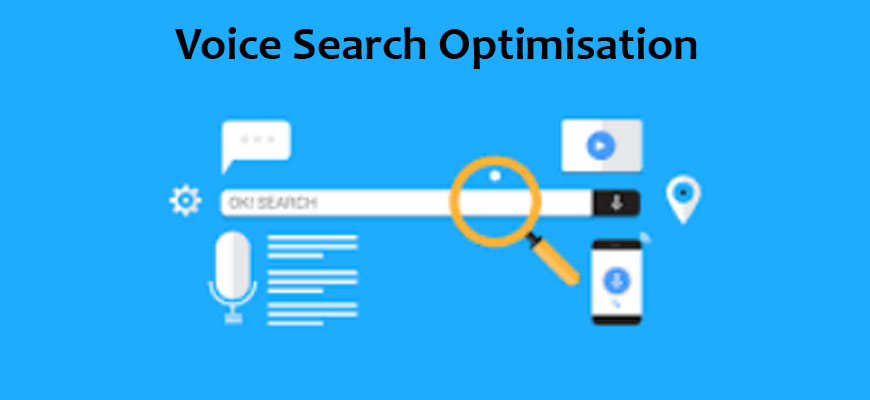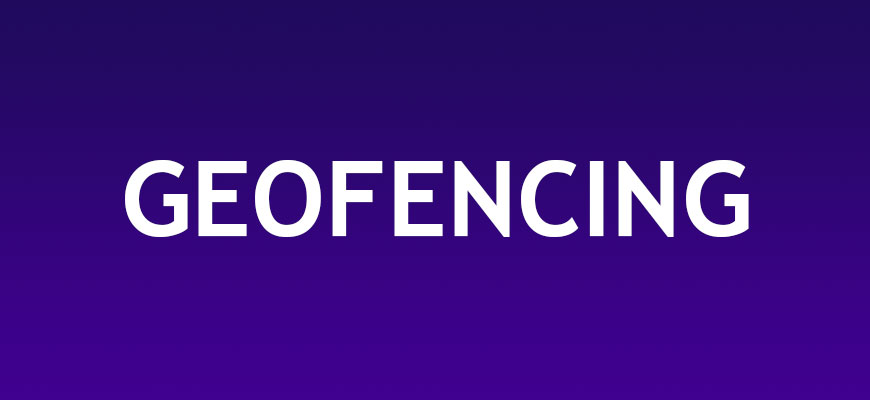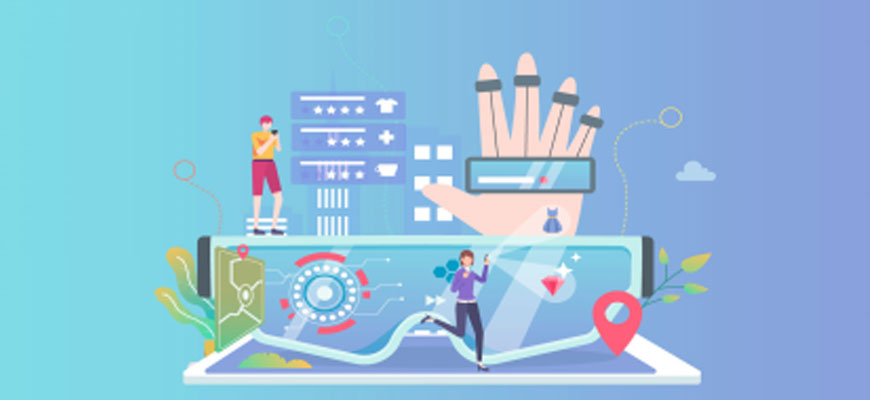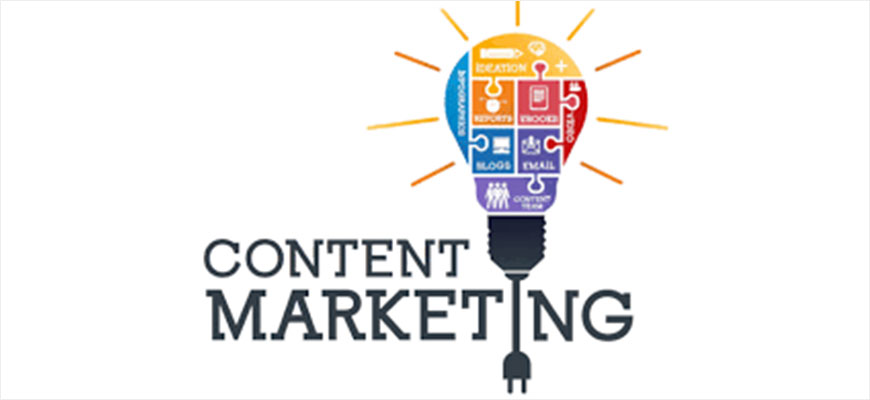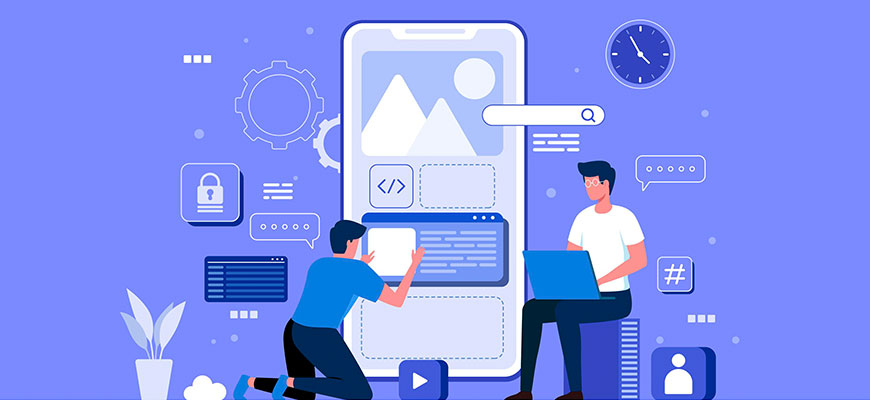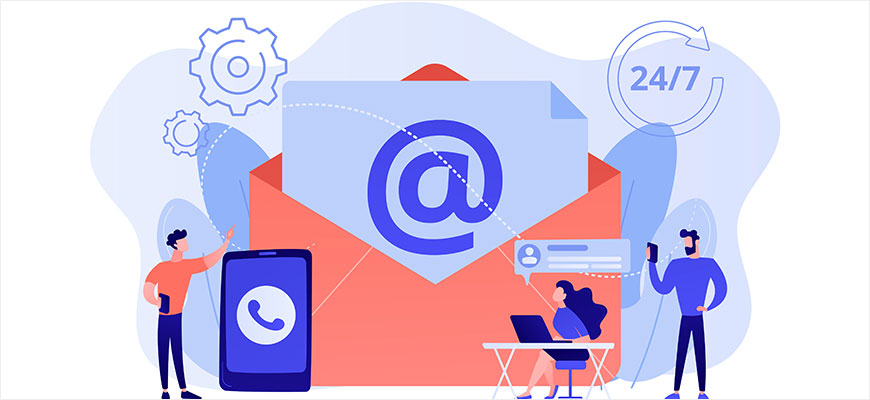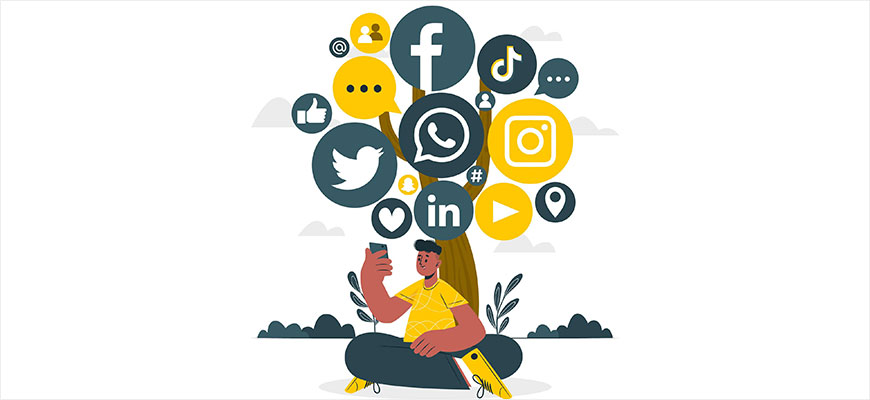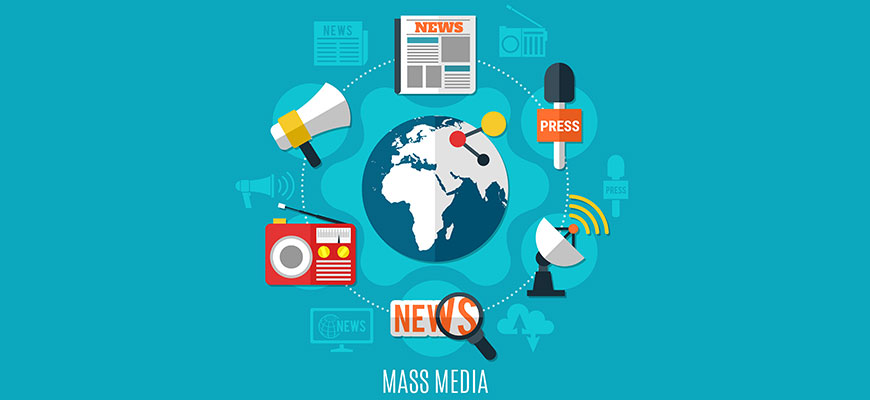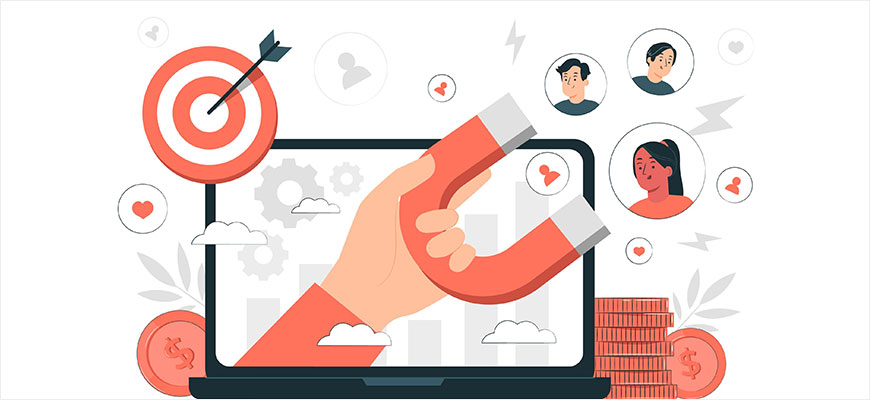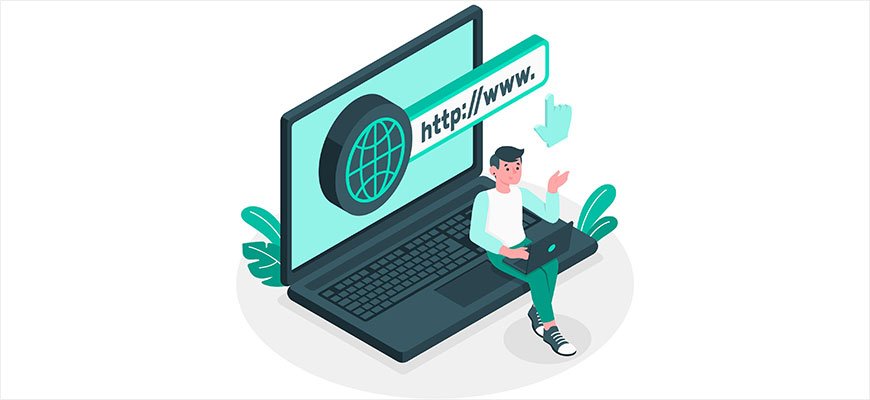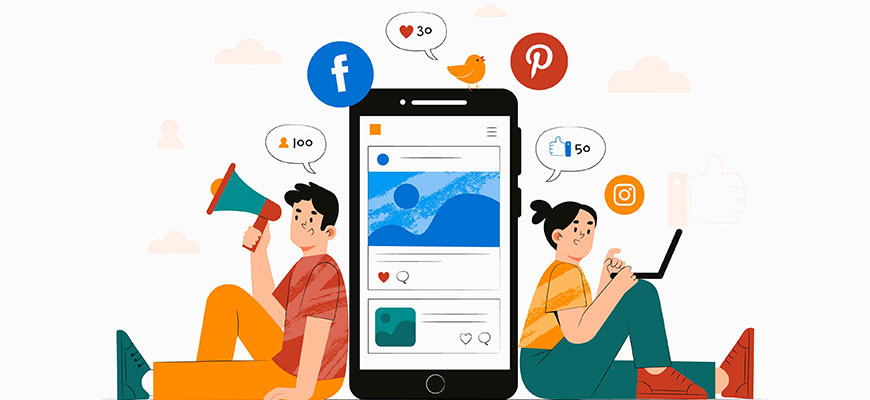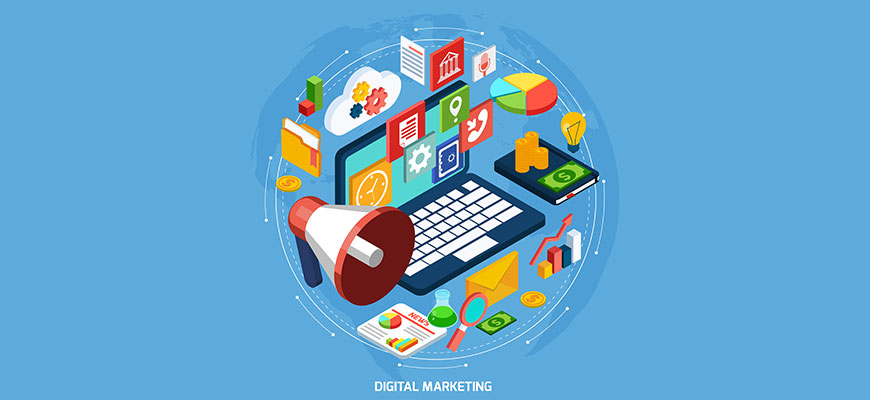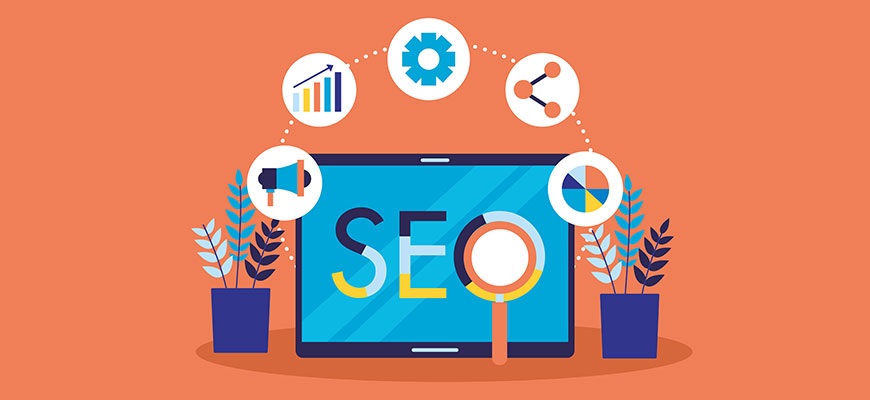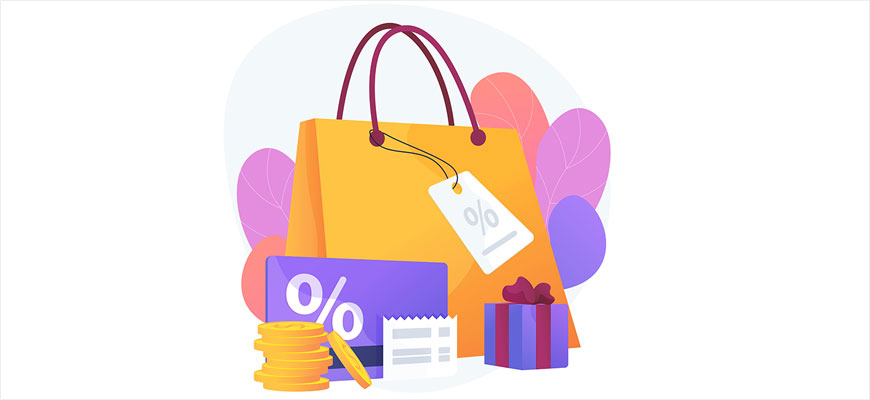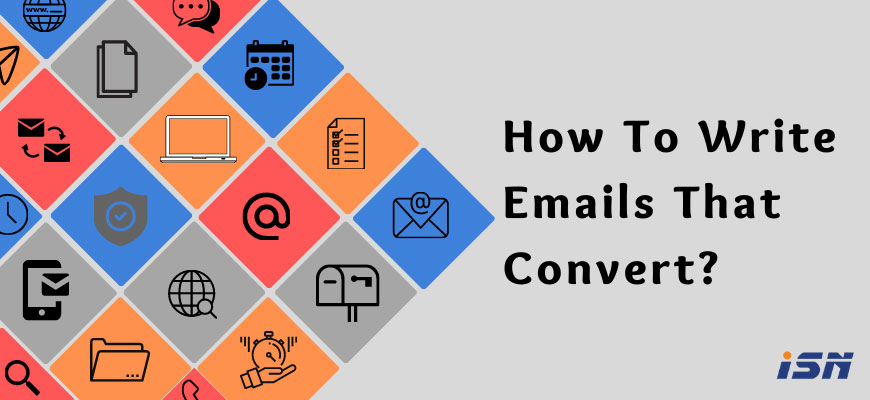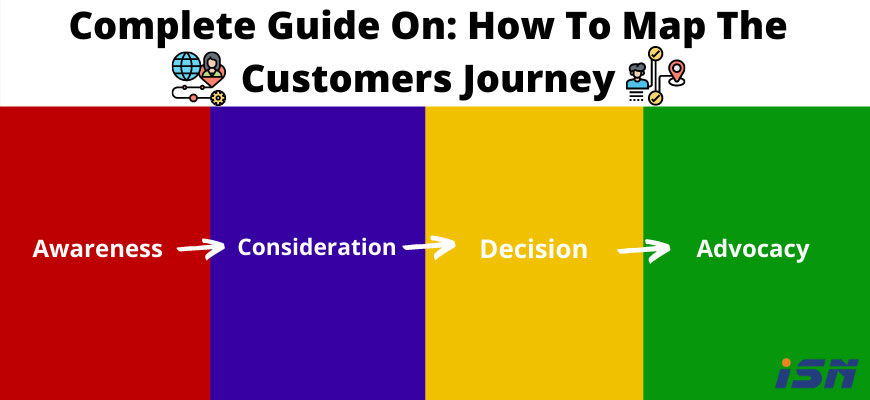
By Duane Fernandes | 22nd January 2021
There are various roles designers play in various industries like graphic designer, user experience (UX) designer, user interface (UI) designer, interior designer, art director, fashion designer, and so on...
However, I am here to talk to you about the recently infamous role of the ‘User Experience(UX) Designer’ and the ‘User Interface(UI) Designer’.
These roles have become increasingly in demand and majorly involved in every organization with the rise of the digital boom. They are even in high demand in the product design industry.
The terms UX designers and UI designers are often used together in an almost interchangeable manner. The truth is that one cannot function without the other. They are very closely related. In most small organizations you will see one person playing both roles.
In simple terms,
UI design is more visual, pertaining more to the graphics.
UX design is a little more analytical.
For example:
UI — “What should be the color of this button?”
UX — “Do we even need this button? If yes, why? What should be the position of this button?”
A UI without UX is like a painter just throwing paint randomly at the canvas
A UX without UI is like a sculpture with a frame that doesn’t have anything to cover it and define it.
Now let's get a deeper understanding of these two roles individually and then understand how they come together.
What is User Experience (UX) Design?
User Experience Design (UX, UXD, UED, or XD) is the process of enhancing user satisfaction with a product by improving the usability, accessibility, and pleasure provided in the interaction with the product.
UX design is making something more enjoyable and usable between the user and the product.
What Are The Responsibilities of a User Experience (UX) Designer?
Their core responsibilities are strategy & content.
Strategizing how the content is applied and how it is received best and interacted with best by the user. UX designers will do the competitive analysis, consumer analysis & overall content structure and strategy, and how to enhance it so it best fits the user. It should be every UX designer’s discipline to put the user first.
Another big responsibility of UX designers will be wireframing and & prototyping a website or application.
They’re even very concerned about the execution, feedback, and analysis.
If you’re a problem solver, who’s cognitive and analytical by nature, UX designing is surely something that will interest you.
Who is a User Interface (UX) Designer?
User interface design (UI) is the design of user interfaces for machines and software. The goal of UI design is to make the user’s interaction as simple and efficient as possible through aesthetic means.
UI design is more closely related to the visual communication of the arts, like graphic design. As in picking colors and typography, and making things really beautiful and aesthetically pleasing.
Graphic design, web design, branding design, and sometimes even front-end development are the responsibilities people look for in the UI design role.
The UX designer passes on the skeleton and the UI designer is the one who puts on the flesh and clothes.
What Are The Responsibilities of a User Interface (UX) Designer?
- Designing the look and feel of the product.
- Creating the graphic & visual designs
- Creating interactive designs
Okay, so now that we have a great understanding of what these 2 roles mean and what they do. Let us understand how they synergize and create the result.
How Does The UI & UX Role Come Together?
1. Starts with a discussion
Like most operational plans, the team first gets together and will discuss the product or problem statement at hand. The UX designer will suggest what’s feasible, and on the other hand, the UI will put forth their research and experiences. Apart from feedback on productivity and feasibility, this process also helps estimate the scope of work that the project would demand and the resources that would be required for it.
2. Research takes place
As we discussed before, the backbone of the research and analysis is the UX designer. Who does a thorough study of the ideal user? Based on that they create a strategy of how they want to pull off the design, and what they feel would be the right fit for their audience. Even the UI developers surely do their research of what designs they think would work and jot down all the buttons, typography, colors, and other details.
3. Presentation of findings
Now once the research is done comes the time where the scope of work is discussed and put forth. This is where assumptions are put forth and are addressed to be then turned into an action plan and eliminate any form of assumption. The UI designer plays a huge role in this as well, defining what details they think would work best for them.
The web development team’s role is crucial here as they help the team understand the practicality of their plans and can give options to make the product better such as web hosting options, alternative design options, etc.
4. Derivations and tweaks
Now that the scope of work is defined, the UX designer will design their preferred structure. This will then be presented to the UI designer and the team. Here is where the UX designer wireframes and creates prototypes for testing. The collaboration of the web developer, UX designer, and UI designer is extremely crucial in this phase.
5. Testing designs
Now is the time to test all the prototypes and get feedback from the team and other people on how their experience was. Any product is usually first shared with a few users so that it can be tested for efficiency and convenience of use. UX designers will help them understand user’s behavior and patterns upon completion of those steps. This is a very revealing step as you finally find out whether or not your users like your product, whether they find it easy to use, etc.
6. Deriving the final designs
Once all the prototyping and testing is done, it is time to draw and build the final designs. The web developers need to define what they need from the designers, what format they need it in, and the UI designers need to ensure they fulfill their criteria for a smooth handover. There are many collaborative tools one can use for a smooth handover between the UI designer, UX designer & web developer.
7. Implementation
Trust me, this is 100 times tougher than it sounds. Implementation is mayhem if not orchestrated incoherence! Sticking to the schedule, things happening as per the plan, and such other aspects are tough to maintain. Both UX and UI designers need to be in touch with the team to ensure that is avoided and no time is lost.
So I hope that gave you a great understanding of the functionality that goes into the UI & UX processes. If you have any doubts or need professional help with your UI & UX, fill the form below and let us know.
